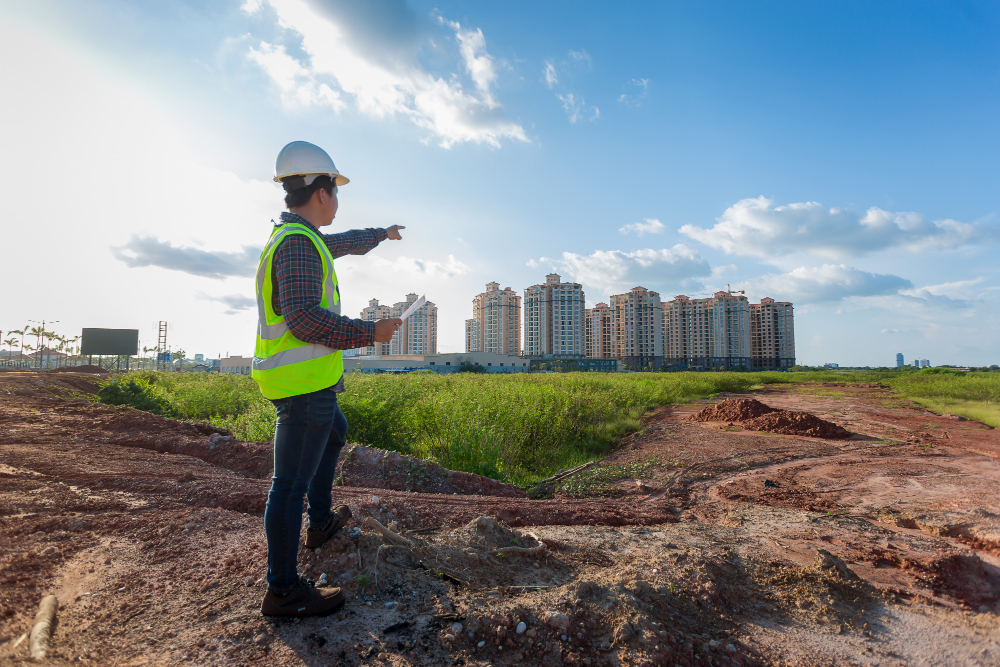The Top Land Development Trends to Watch Out For

Land development has always played a crucial role in shaping communities by creating spaces for people to live, work, and play. From rural farmland to bustling cities, land development trends are always evolving, as new technologies and practices emerge and different factors influence the planning and building process. In this blog post, we'll be looking at some of the top land development trends to watch out for in the coming years.
1. Sustainable and environmentally conscious planning
As environmental concerns continue to grow, sustainable and environmentally conscious planning is increasingly becoming a priority in land development. This includes using eco-friendly construction materials, prioritizing energy efficiency and conservation, and reducing waste. Land developers are also increasingly looking at ways to incorporate green spaces into their developments, such as parks, community gardens, and green roofs.
2. Smart technology and integrated infrastructure
The rise of smart technology and the Internet of Things (IoT) is changing the way we interact with our environments. In land development, this means creating integrated infrastructure that can support these technologies, such as intelligent traffic systems, smart lighting, and wireless connectivity. Developers are also exploring the potential of integrating technology into buildings themselves, such as smart heating and cooling systems and automated building controls.
3. Mixed-use developments
Mixed-use developments are becoming increasingly popular, particularly in urban areas. These developments combine residential, commercial, and retail spaces in one location, creating a more walkable and diverse community. This approach also helps to reduce traffic congestion and encourage a greater sense of community spirit.
4. Adaptive reuse of existing buildings
Rather than demolishing old buildings and starting from scratch, some developers are opting for adaptive reuse – repurposing existing buildings for new uses. This approach can help to preserve the historic character of a neighbourhood while also being more environmentally friendly than building something new. Examples of adaptive reuse include turning old factories into loft apartments or converting an old school into a community center.
5. Health and wellness-focused design
Health and wellness are increasingly being prioritized in land development, with developers recognizing the importance of creating spaces that promote physical and mental wellbeing. This can involve designing spaces that are more accessible to pedestrians and cyclists, incorporating safe and accessible green spaces, and using materials that are non-toxic and allergen-free for those who may be particularly sensitive.
Conclusion
As we move forward into a more environmentally conscious and connected future, land development will continue to evolve and adapt. By incorporating these top trends, developers can create spaces that are not only functional and beautiful but also sustainable, healthy, and resilient. If you're looking for a land development organization that can help you transform your vision into a reality, contact Roger Landworks for free estimates on land clearing in Flagler Beach, FL.